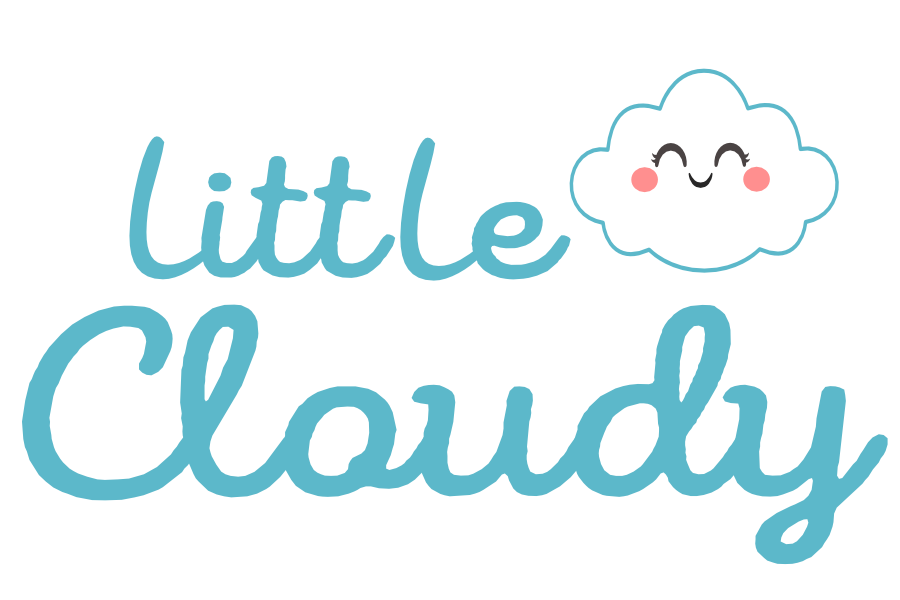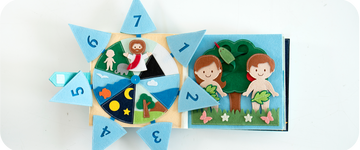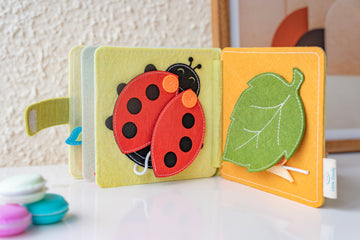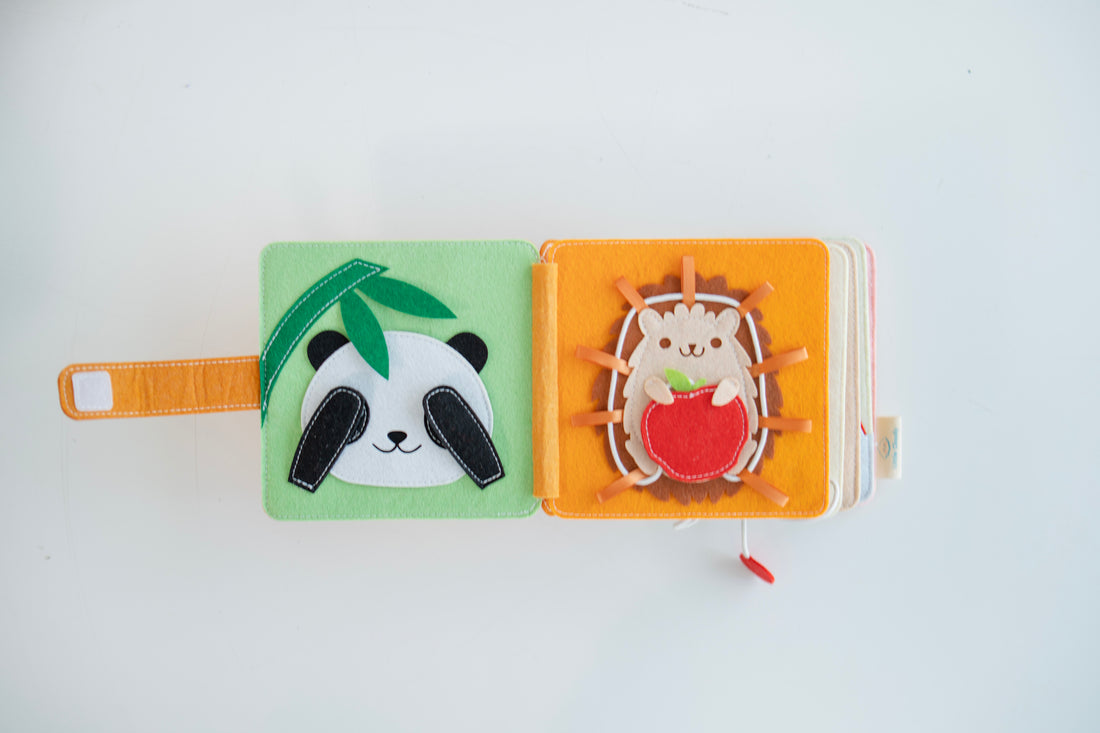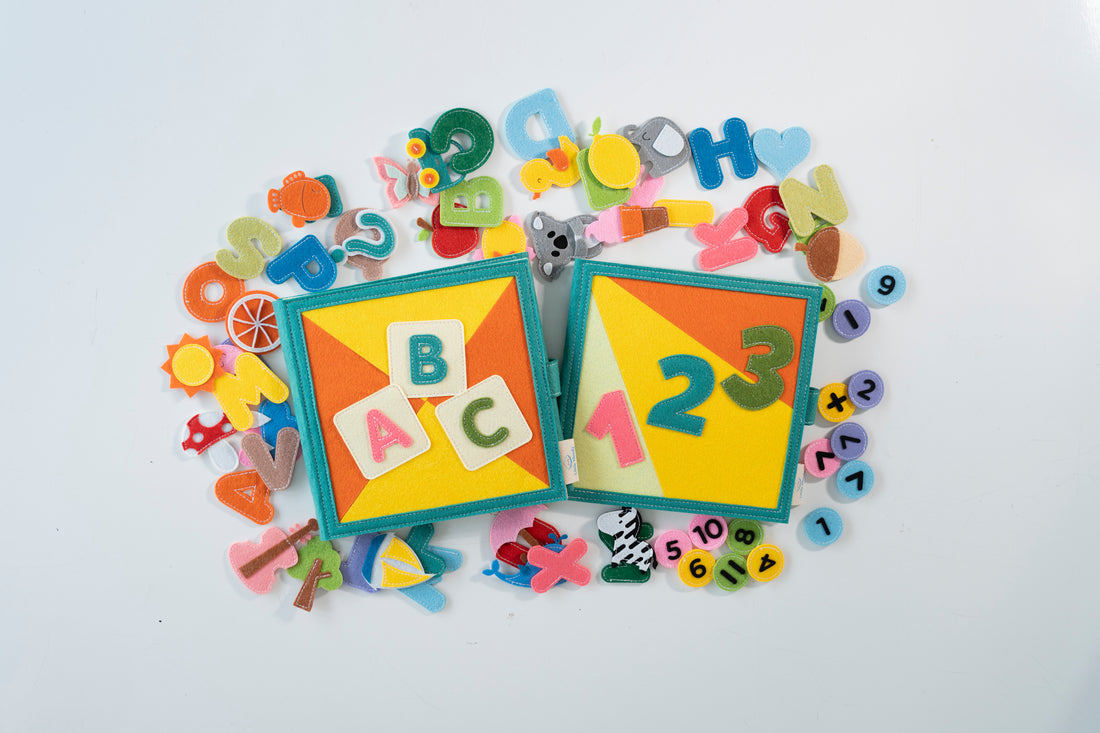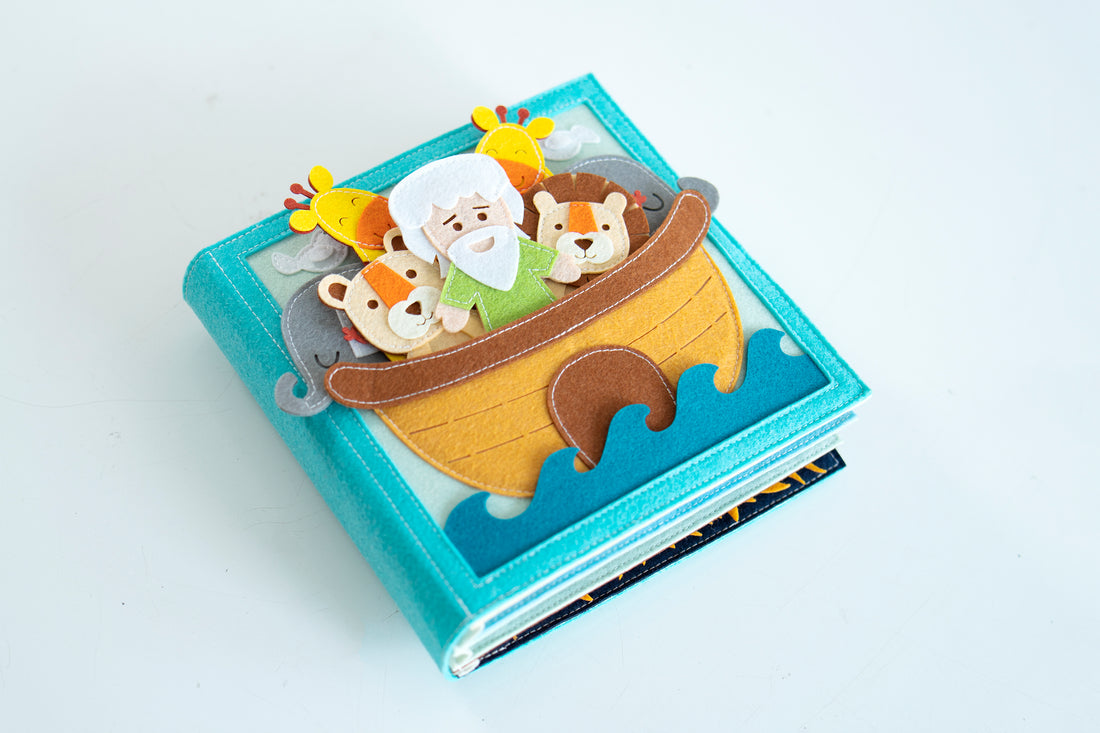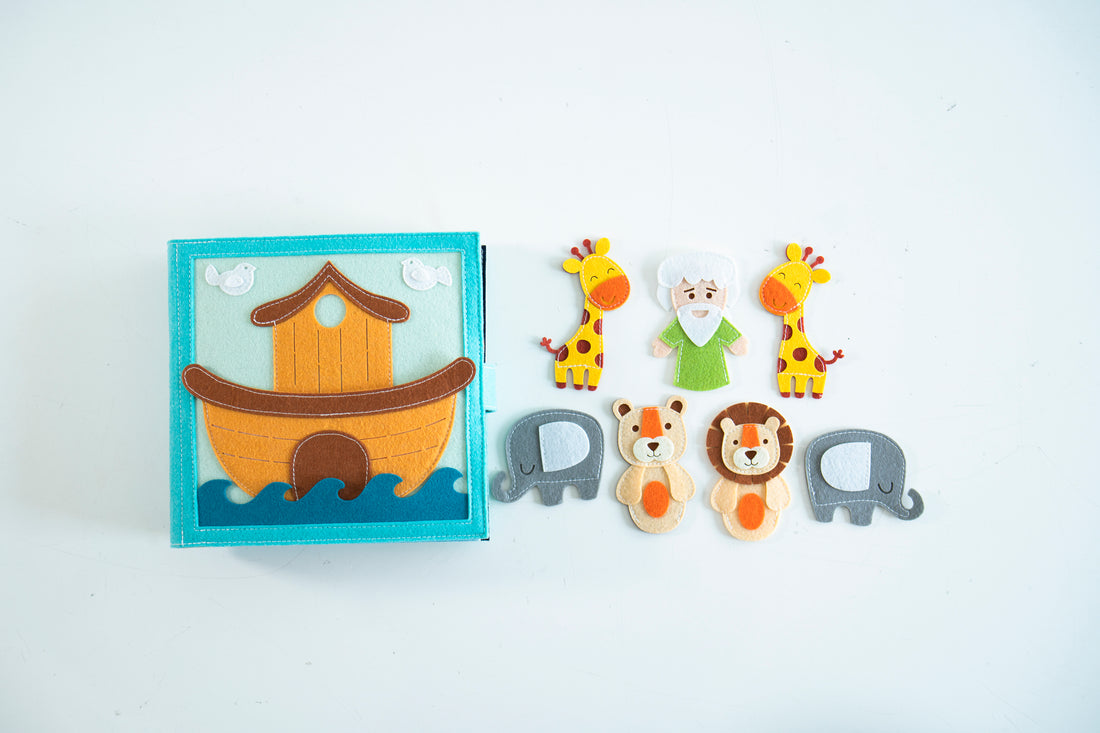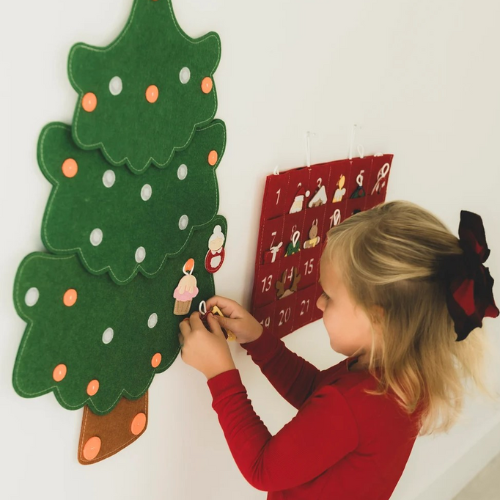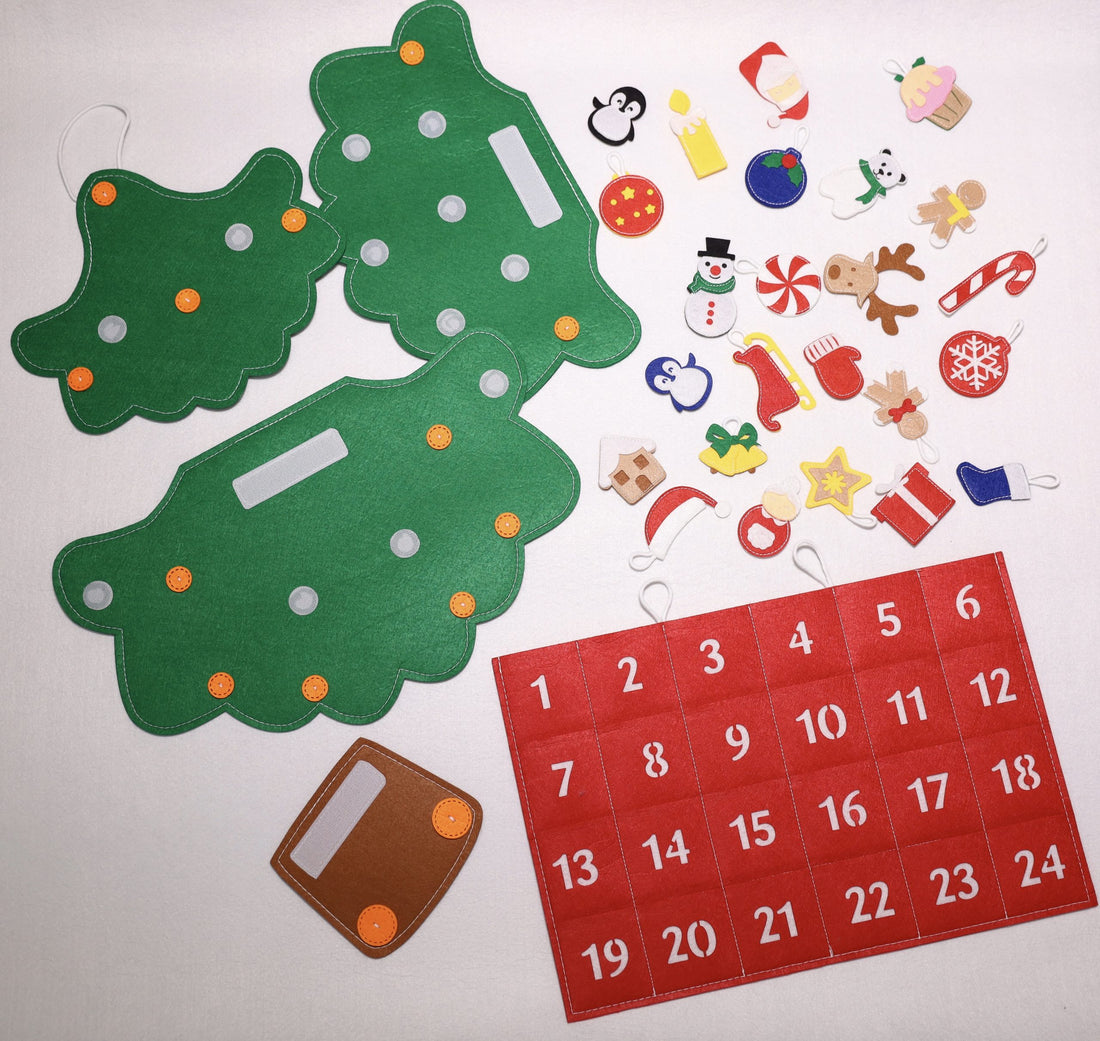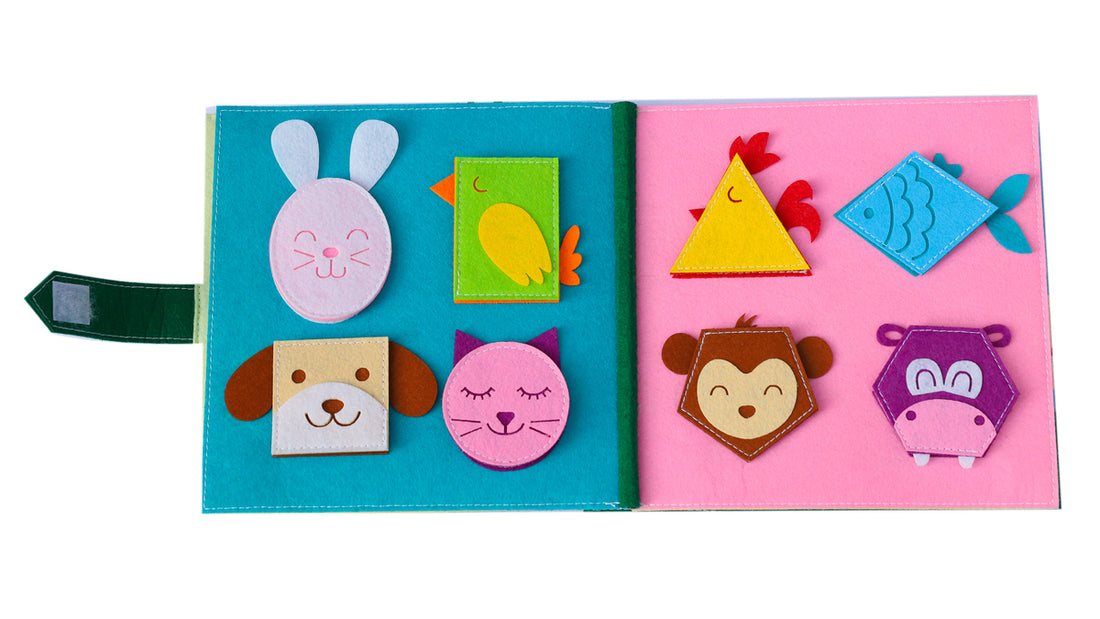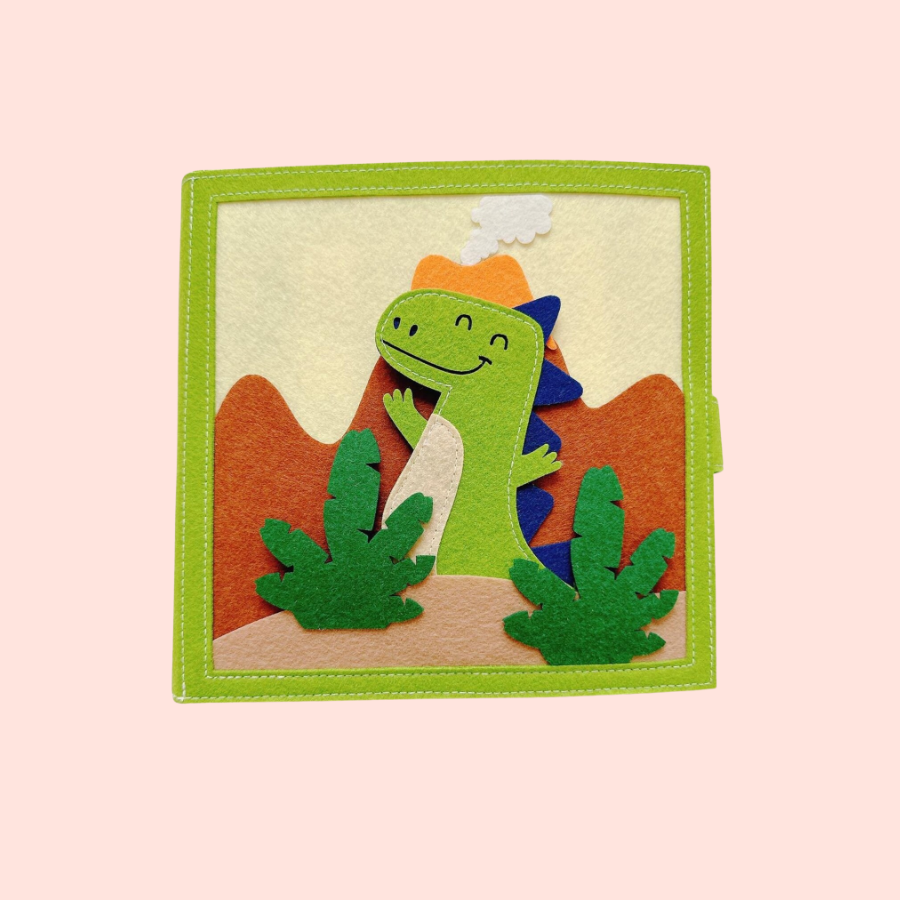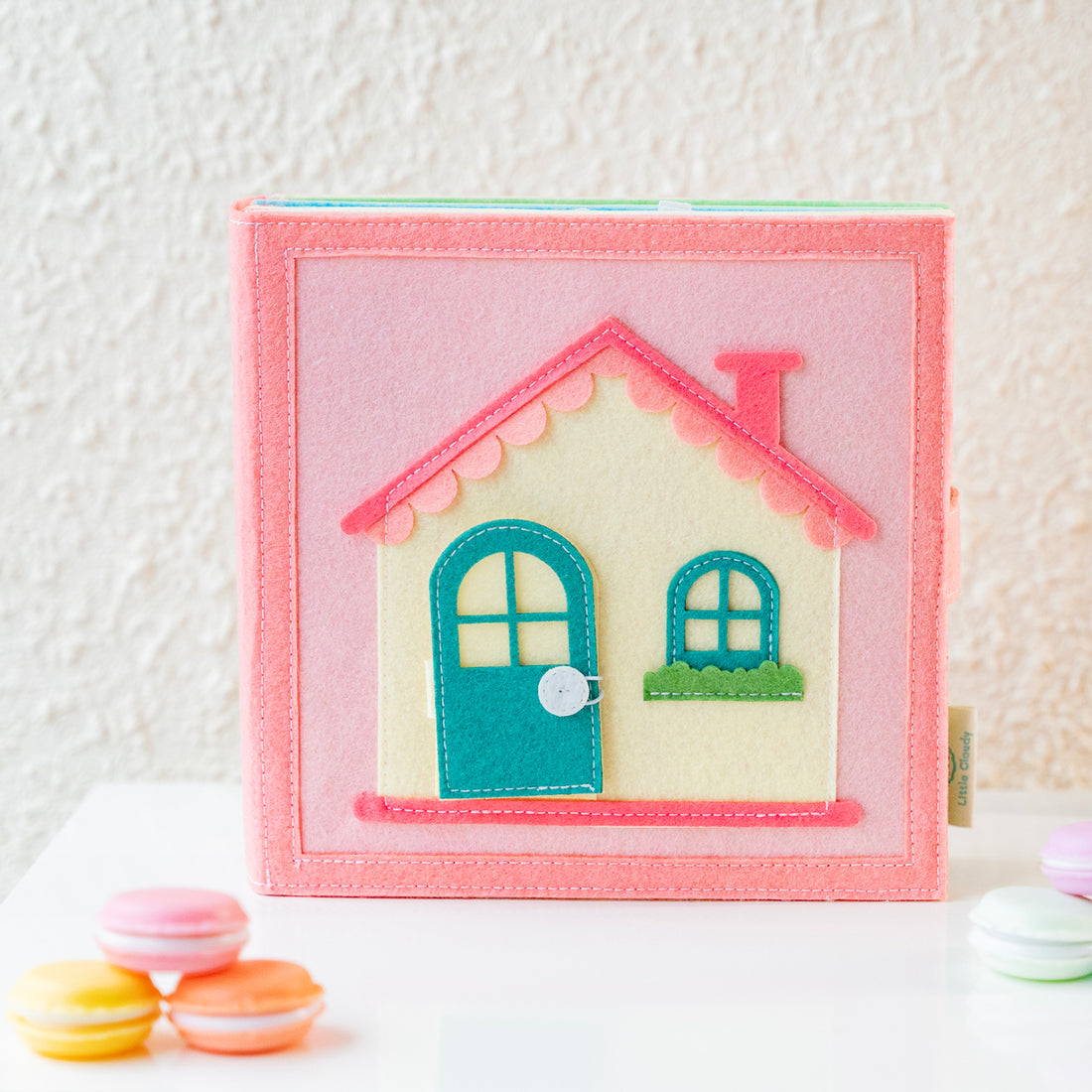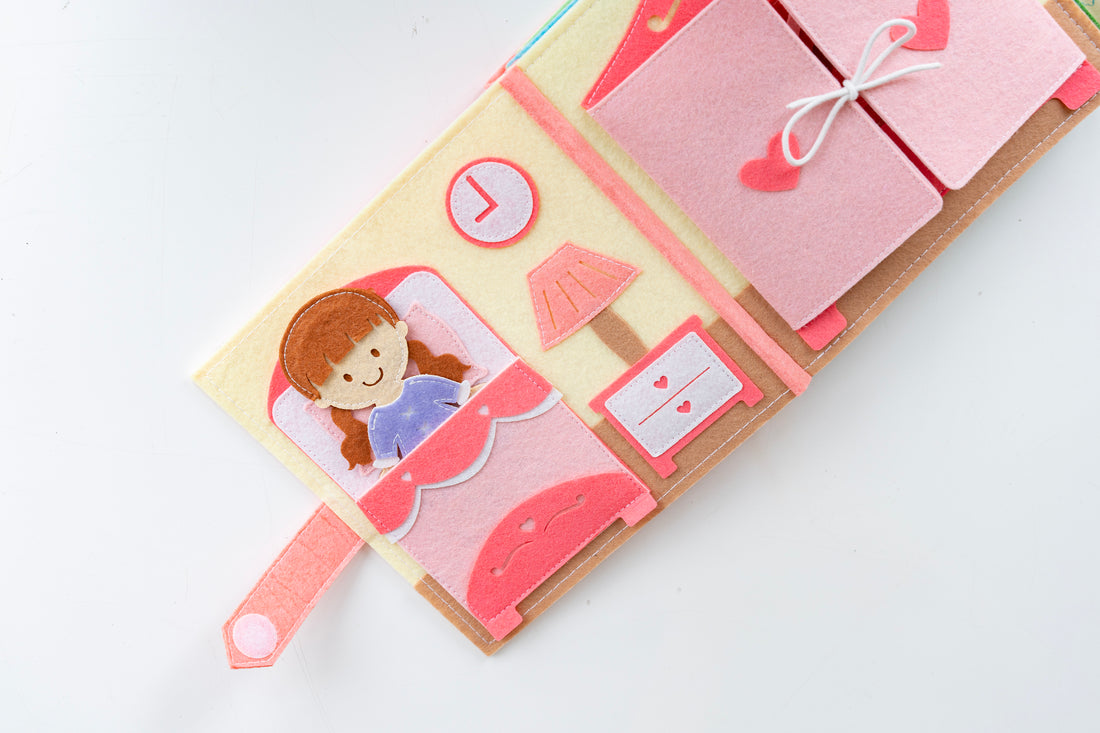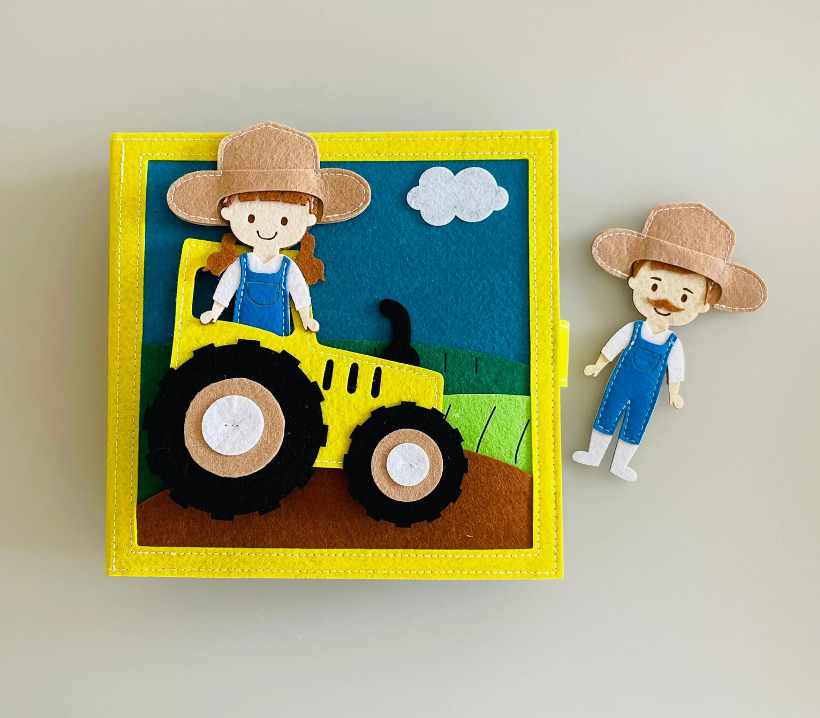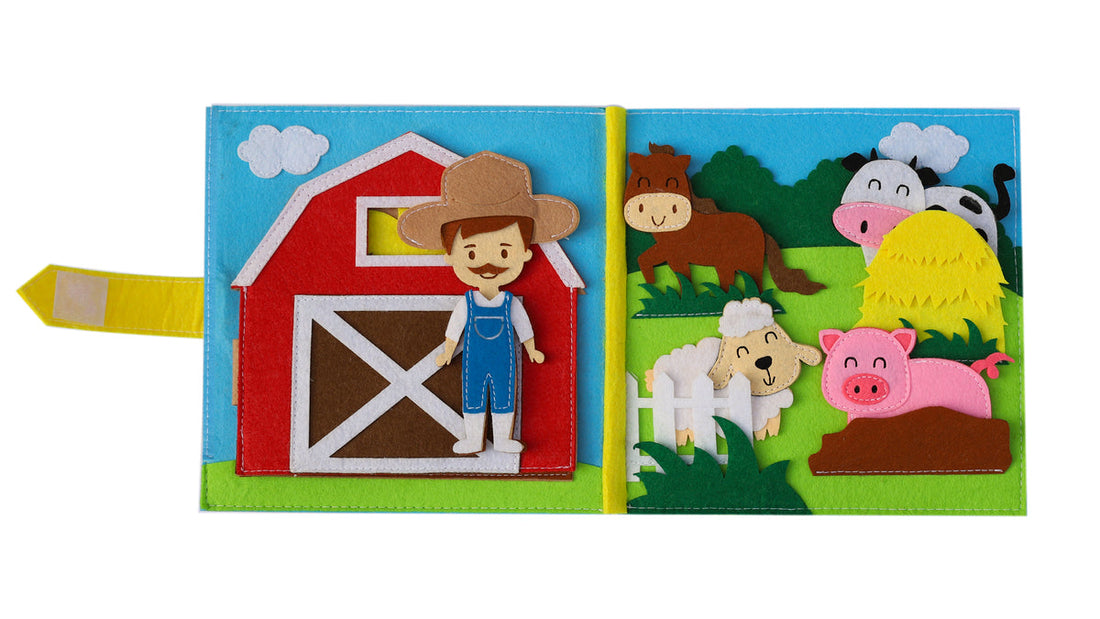Have you heard of quiet books? They're fantastic interactive tools that parents and educators can use to teach kids alphabet and phonics through play.
In this article, we'll explore how these books work, why they're beneficial, and even how you can create your own.
Let's make learning exciting together!
- Quiet books are made with durable materials like felt, fabric, buttons, and zippers, making them able to withstand flipping, pulling, and tugging.
- They are engaging and interesting for children, holding their attention for longer periods of time.
- Quiet books serve as an educational tool for teaching the alphabet, allowing children to learn while playing.
- Utilizing quiet books for phonics instruction helps connect sounds to visuals, encourages tactile learning, and enhances child development in phonics reinforcement.
Understanding the Basics of Quiet Books

I'm just starting to grasp the basics of quiet books and their potential for teaching alphabet and phonics through play. These wonderful tools are made with various quiet book materials like felt, fabric, and sometimes even buttons or zippers! It's like a crafty explosion of fun for little fingers.
These materials not only make the book interesting and engaging, but they also contribute to the quiet book's durability. That means no matter how much your kiddo flips, pulls, or tugs, these books will stay intact. They're like the superheroes of learning tools!
The Role of Quiet Books in Alphabet Learning
In my experience, these unassuming, tactile tools can be a game changer when it comes to helping kids grasp their letters. This is where quiet books shine. They're a great way to engage reluctant learners, and they offer so many benefits.

Let's take a peek at some quiet book benefits:
| Benefit | Explanation |
| Fun | Kids love the interactive nature of quiet books |
| Engaging* | They hold children's attention for longer |
| Educational | They teach important concepts like the alphabet |
| Quiet | They're perfect for times when silence is needed |
| Portable | They can be carried around easily |
The Impact of Quiet Books on Phonics Instruction
When it comes to instilling sounds and syllables in a child's mind, I've found these interactive tools extremely beneficial. Quiet books, in particular, have made a significant difference. They're not just about alphabet recognition; they're also about phonics reinforcement.
- Pictures and Sounds: Quiet books often pair objects with corresponding letters, helping kids connect sounds to visuals.
- Touch and Say: The tactile nature of quiet books encourages kids to touch the letters, reinforcing phonics learning through a multi-sensory approach.
- Interactive Stories: Quiet books often come with stories that incorporate phonics sounds, promoting active engagement.
Quite frankly, I can't imagine teaching phonics without these incredible resources. Quiet books and child development go hand in hand, especially when it comes to phonics reinforcement strategies.
How to Utilize Quiet Books for Effective Learning
To make the most out of these interactive tools, I've got some strategies under my sleeve for effective learning.
Quiet Books Benefits are numerous, kiddos! First, they help you learn while playing. With the right Interactive Learning Strategies, they can also make learning the ABCs fun and easy. Picture this! You're flipping through colorful pages, each with a different letter and cute objects starting with that letter. You can touch, feel, and even match objects to their corresponding letters. It's like a game!
Plus, these Quiet Books can be carried anywhere. So, next time you're bored in the car or waiting at the doctor's office, just grab your Quiet Book. Remember, every page turned is a step towards learning.
Tips and Tricks: Creating Your Own Alphabet and Phonics Quiet Book
Crafting my own interactive learning tool is a project I'm excited to dive into, full of tips and tricks that I can't wait to share with you!
When it comes to a DIY quiet book, the first thing we need to consider is the quiet book materials.
Here's a simple list of what you'll need:
* Felt sheets: They're soft, colorful, and perfect for creating different characters and objects.
* Velcro: This will help attach different parts of the book that can be moved around for interactive play.
* Fabric markers: These are great for writing letters or drawing intricate designs on your pages.
What Is the Recommended Age for Introducing Quiet Books to Children?
I'd recommend introducing quiet books to kids around one year old. Considering book durability and sensory stimulation, this age is perfect for them to start exploring and learning through playful, tactile experiences.
What Other Educational Concepts Can Be Taught Through Quiet Books Apart From the Alphabet and Phonics?
Apart from alphabet and phonics, quiet book designs can teach numbers, shapes, colors, and life skills. They're great for sensory learning enhancement, helping kids grasp concepts through touch and interactive play. It's a fun learning tool!
How Can Parents or Educators Assess the Effectiveness of Quiet Books in Teaching Alphabets and Phonics?
To assess the effectiveness of quiet books in teaching alphabets and phonics, I'd observe kids' engagement levels during play-based learning. I'd also evaluate their progress in letter recognition and sound association over time.
Are There Any Drawbacks or Limitations to Using Quiet Books for Learning?
While quiet books' efficacy in teaching can be impressive, they have some limitations. They're not always customizable to every kid's learning style and might not engage children who prefer active, hands-on learning methods.
Can Quiet Books Be Used for Children With Special Needs or Learning Disabilities?
Absolutely! I've found that with special needs adaptations, quiet books can be a great tool. They often incorporate sensory integration techniques, making learning more accessible and fun for kids with learning disabilities.
So, there you've it, folks!
Quiet books aren't just fun playtime pals but also great teachers. They spell out alphabets and sound out phonics in an exciting way.
With a little imagination, you can even make your own! Remember, learning is always more enjoyable when it feels like play.
So, let's dive into the magical world of quiet books and watch our little ones fall in love with letters and sounds!
Buy the Alphabet Quiet Book here:
https://littlecloudy.co.uk/products/alphabet-and-number-book
